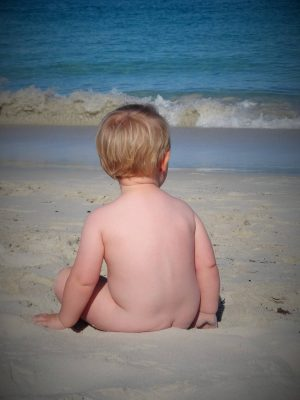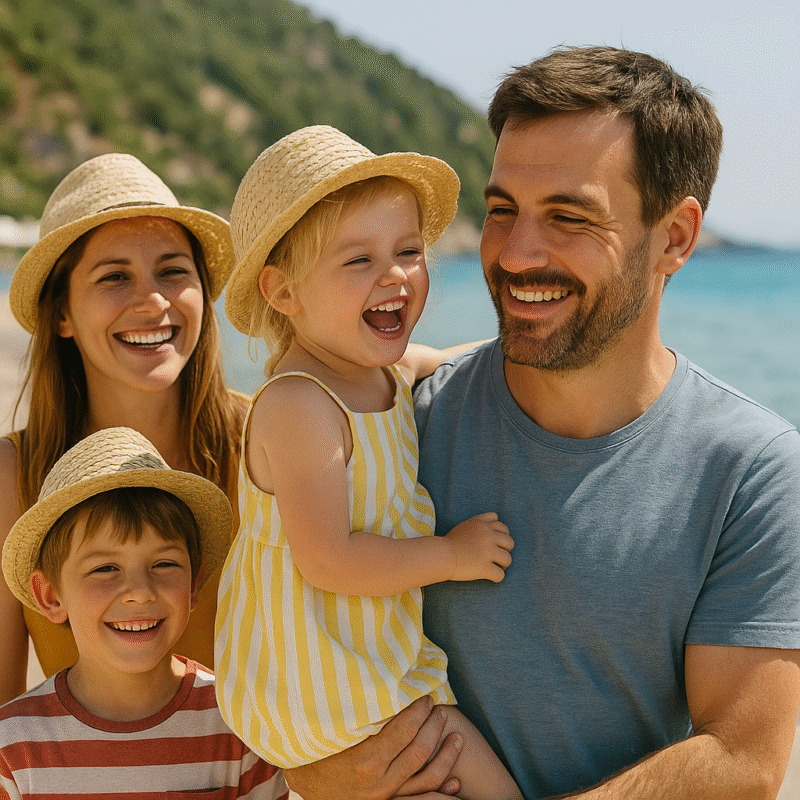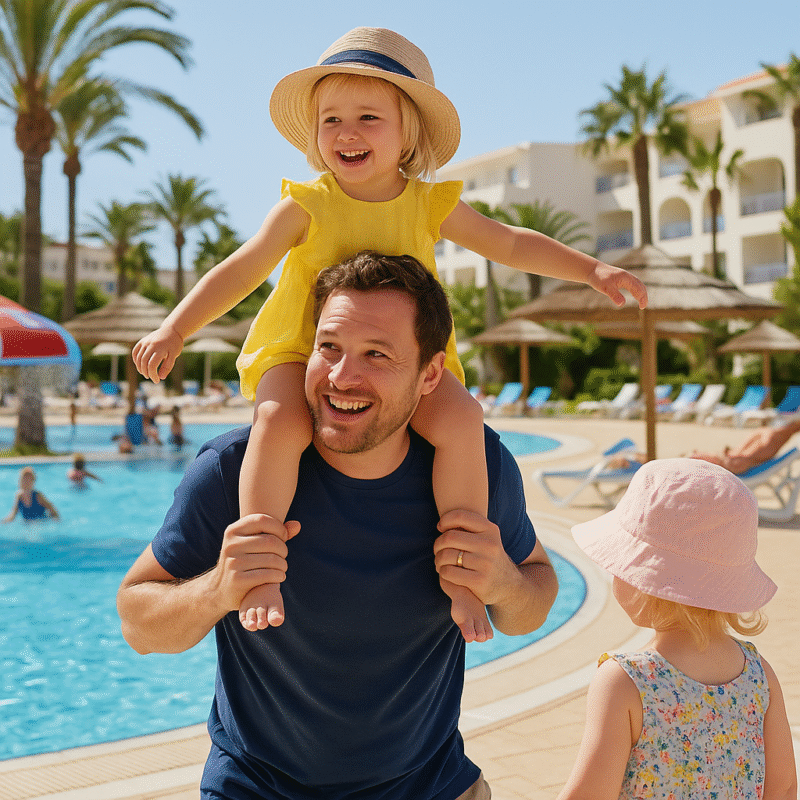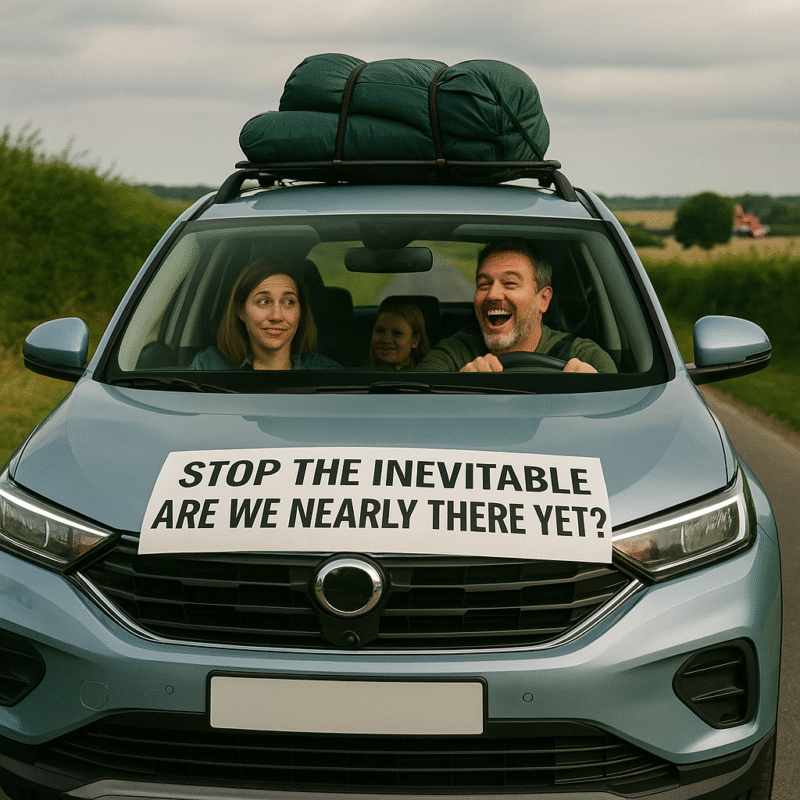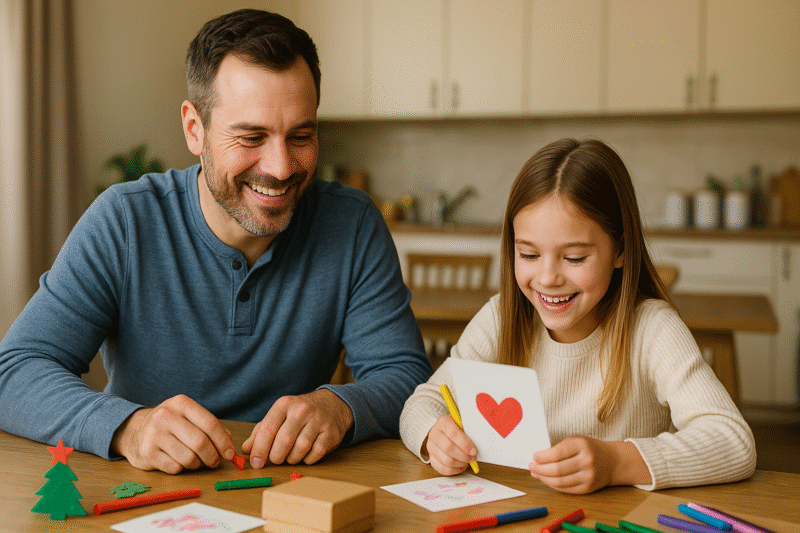Summer means beach, but with a baby? Really? Never fear – with this handy survival guide, you’ll be the best prepared family on the sand.
I remember well the first summer when a heatwave struck and I realised that we could no longer just go to the beach.
buy propecia online https://healingtohappy.com/wp-content/languages/new/over/propecia.html no prescription
Can I take the pram on the beach? No. Can I breastfeed in a UV tent? No. What if the baby eats sand? Weird poo consistency.
If this is your first summer with a baby you may also be thinking about holiday logistics. Whether you’re booking a holiday or planning a day trip, the key is to be prepared.
Beach babies
Children love beaches. Pack a bucket and spade, a hat and some sun-protection, and you’re good to go.
Add in a baby and it’s not quite so simple. For a start, babies are rubbish at regulating their temperature. That means that they get too hot.
And that can be dangerous.
Secondly, babies burn easily. You should really avoid direct sunlight for babies under six months. This is tricky when beaches lack shade. So you need to bring your own. Go for a beach umbrella, windbreaks or a UV beach tent.
Let your baby stretch out on a mat in a shady spot.
Prams and pushchairs are not only a pain to drag across the sand, they also warm up like mini ovens.
Thirdly, if your baby can move, they can’t be trusted. Babies eat sand. After they’ve cried and you’ve cleaned them up, they do it again. Trust me, I know. They eat pebbles too. They especially like the small, choke-me sized ones.
Again, a UV beach tent provides a handy playpen. Or you can create a penned-in zone using beach mats and windbreaks. We also found an inflated rubber dinghy made a great place to put the baby.
And don’t forget the sun hat and plenty of fluid, whatever your child’s age.
Taking a dip
A big part of summer is swimming. It’s tempting to jump on your surfboard with your baby like this dad, but everyone’s got to start somewhere.
In the UK and abroad, public pools, especially holiday villa or resort pools tend to be around 27-28⁰C. That ten degrees below body temperature feels cool on a hot day, which is kind of the point!
Consider your baby’s age and size before taking the plunge. If your baby’s under 12lbs or 12 weeks, stick to dry land unless you can find a pool that’s warmer than 32 degrees.
If your baby’s between three and six months, wrap them up in a wetsuit and limit the time you spend in cool water to around 15-20 minutes. If your baby is over six months, splash for up to 30 minutes and keep that wetsuit on.
Unless you’re somewhere tropical, the sea is cooler again.
buy propecia
Babies under six-months-old should really stay out of the sea. But bigger babies and toddlers will love to paddle or dip in with you. and if they don’t, they’ll let you know.
Whatever their age, keep hold of small children at all times in the sea – even if the sea’s calm, currents and winds can sweep buoyancy aids or inflatables away. Also be aware that they shouldn’t swallow the salty water.
Cold water fact: small babies don’t shiver. If they’re cold, their lips, fingers and toes will have a blue tinge.
All the gear
Even one day on the beach with a baby is akin to moving house in the amount of kit you need.
While it’s tempting to let your baby roam naked on the beach, there’s the pesky matter of sunburn. Also sand gets in all sorts of places, and the mixture of suncream, food and baby is like No More Nails. Unless you want to scrub your baby with wire wool, a UV sunsuit is the way forward.
This nifty garment is made of a thin, UV-protecting material. It dries really quickly and has a sun protection factor of around 50 — a brilliant option for outdoor pools and the beach.
To keep warm in the water, try a wetsuit. Made of neoprene, it should fit snugly so that it can trap a thin layer of water next to your baby’s skin which warms to their body temperature.
buy elavil online https://healingtohappy.com/wp-content/languages/new/over/elavil.html no prescription
You can get sleeveless or full arm length wetsuits, which you buy by your baby’s weight or age.

Keep them safe
The key to safe swimming is vigilance. Even a baby who’s supported by a buoyancy aid can get into trouble, so hold them at all times. Watch them next to the pool, in the paddling pool and on holiday.
Little babies aren’t naturally scared of water and they have amazing reflexes that mean they’ll hold their breath underwater for a couple of seconds. Make dipping underwater gentle, calm and normal and they won’t become scared. You can also teach them to gently splash in and hold on to the side.
Toddlers are a completely different story. Games, toys and bubble blowing help scared or clingy toddlers feel at ease. Remember that they need to feel supported by you, so while it’s tempting to push them, try to take things really calmly and slowly.
Gung-ho, bonkers toddlers need a whole different approach – one that gives strict rules and boundaries.
buy furosemide
Play games where they listen for a magic word before jumping in, teach them how to get in the water safely – and how to find the side and climb out again.

